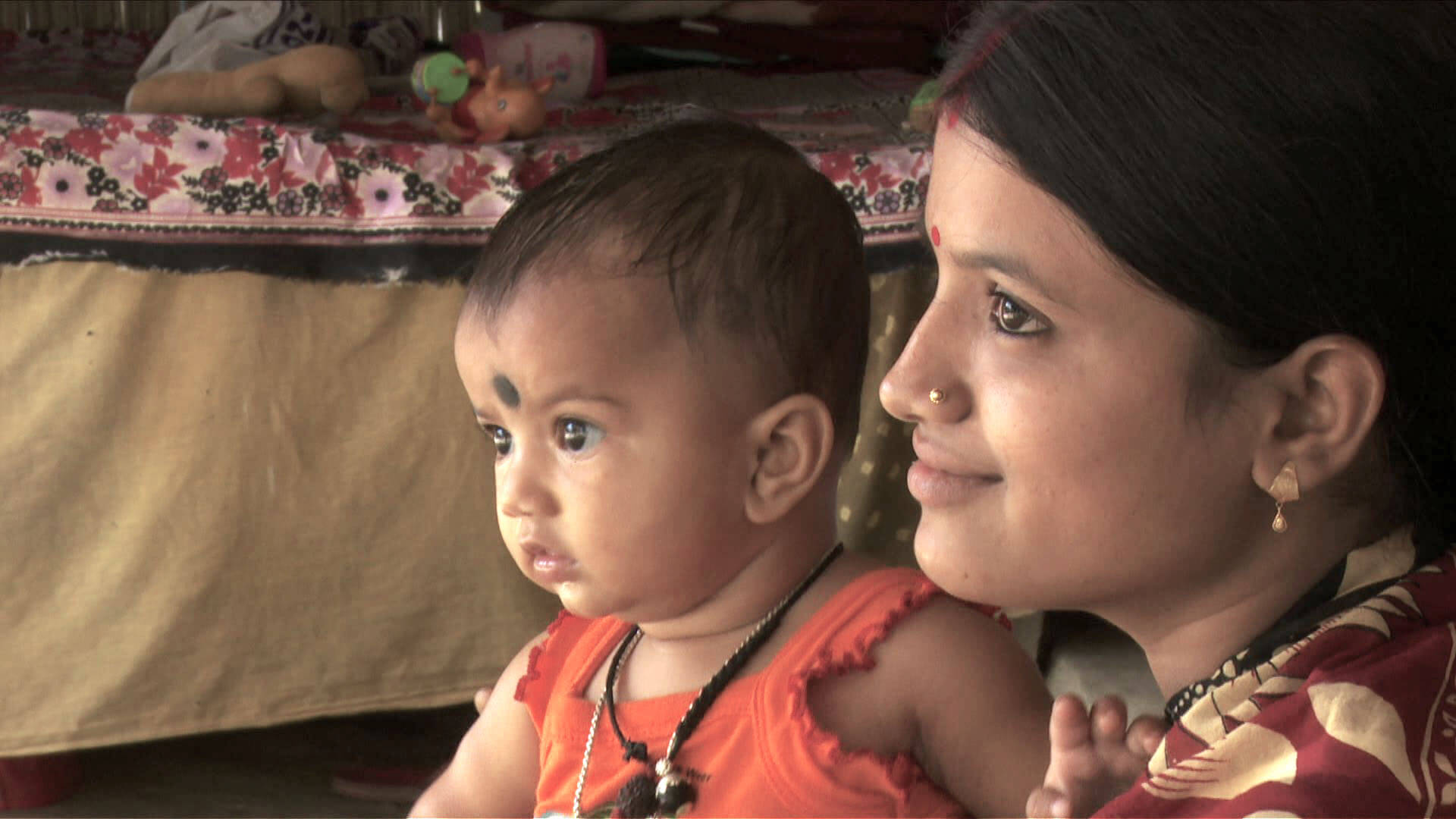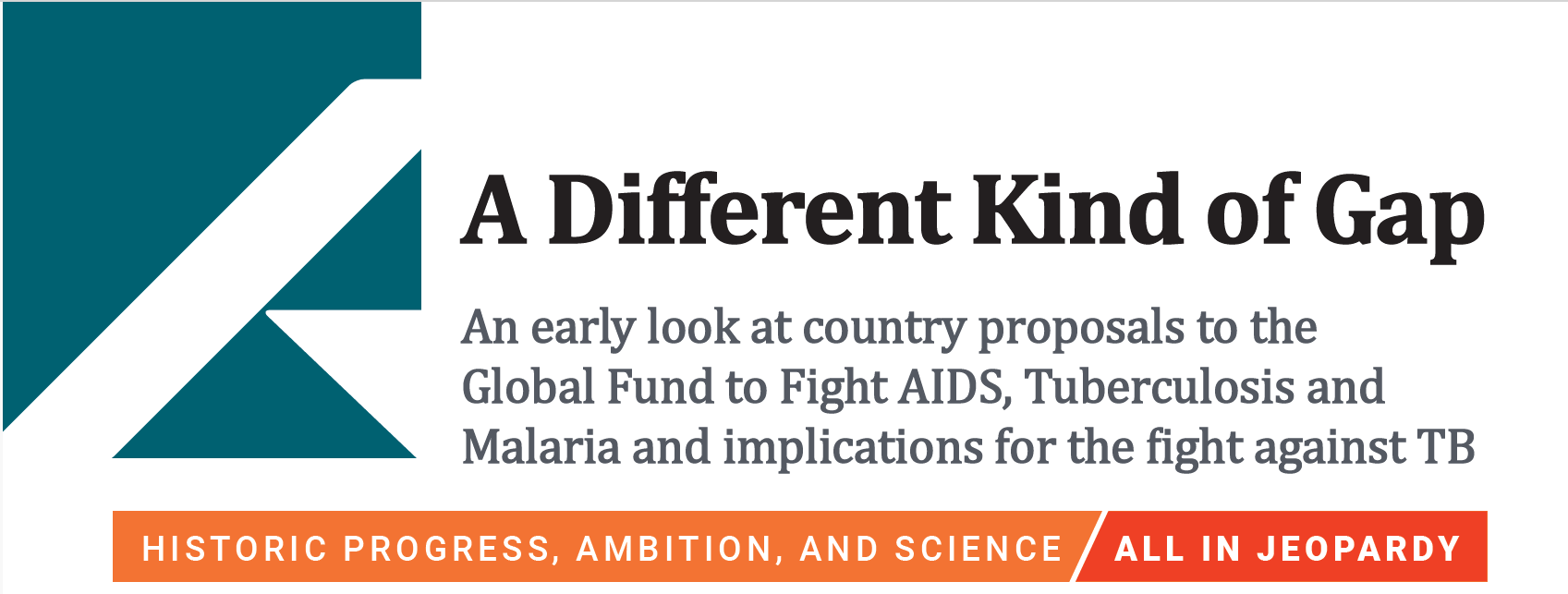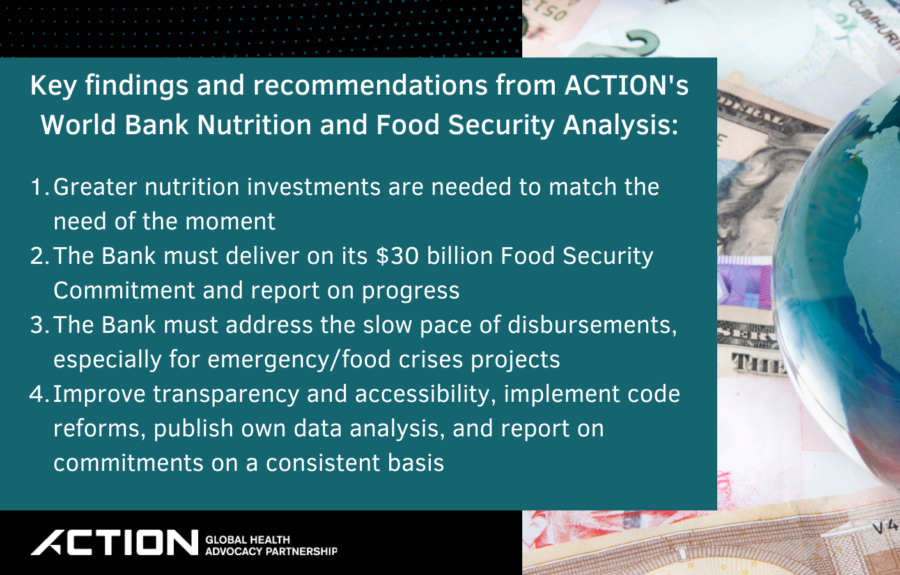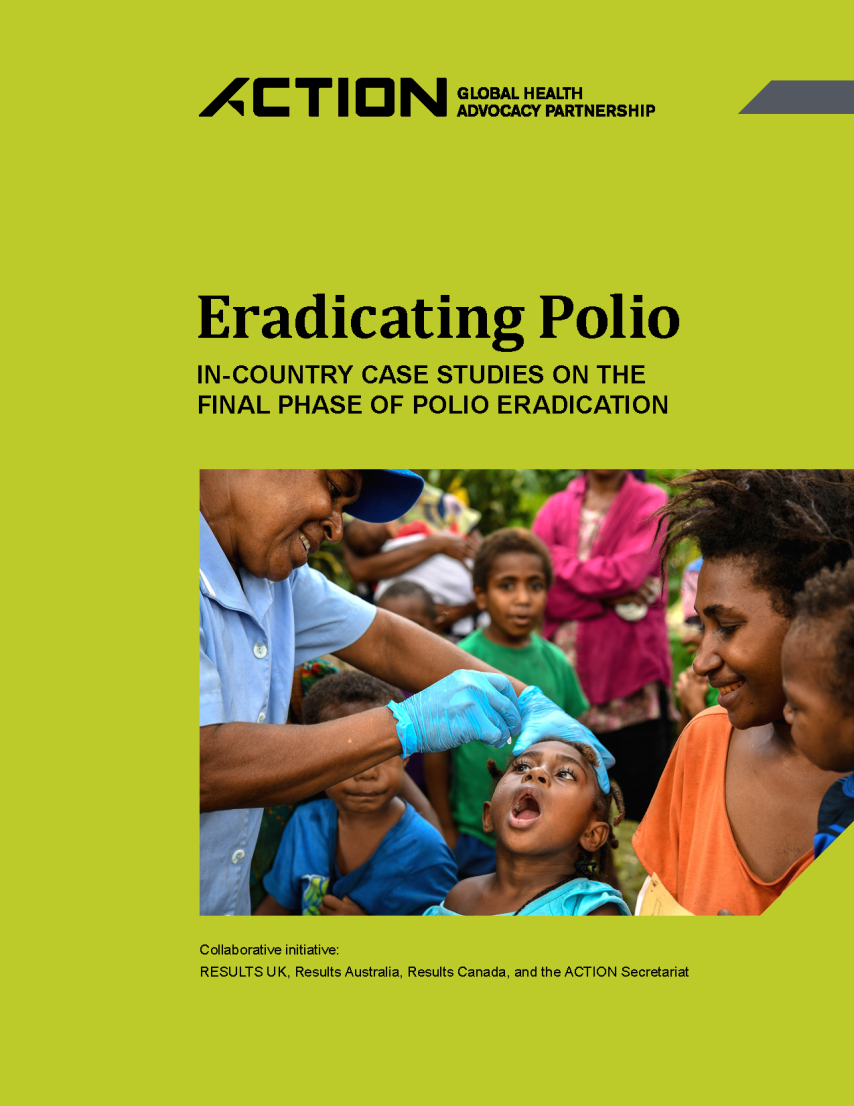The following post was first published on the Health for All Medium blog
Latest estimates show that 55 million Indians were pushed into poverty in a single year due to out-of-pocket (OOP) expenses. How will universal health coverage (UHC) schemes deal with seemingly innocuous health costs for primary care such as medicines, travel, food, and accommodations or lost income due to illness?
The Government of India recently launched its UHC scheme, Ayushman Bharat, to address massive health system inefficiencies and costs in poor and rural areas. However, it is still unclear whether it will cover these costs.
A recent “health diaries” study conducted in 2017 by Grameen Foundation in collaboration with Aikyatan Development Society (ADS) and Bandhan-Konnagar in West Bengal and Jharkhand and 45 of their women clients provides a window into the unacceptable sacrifices households are often forced to make to seek treatment for even the simplest of ailments.
The diaries show that a very conservative estimate of direct (provider fees and medicine) and indirect (travel, food, and time lost) OOP spending amounted to ₹2500 per month per household (approx. US$34). The amounts were found to be financially catastrophic for most households.
“A lot of money was spent for treatment, so the financial pressure increased,” explained one of the participants. “If the money could have been saved, we may have eaten better food.” Reductions in quantity and quality of food consumption were a common coping mechanism for covering health costs, further negatively impacting household members.

Approximately one-third of households considered OOP costs a “significant burden”; however, the perception did not always correspond with the fluctuations in health costs. For example, there was significant flooding during surveys 8 and 9 and, though health costs dropped, they were a significant burden (blue line). This is consistent with other research on health costs that shows when a household is under significant strain, they will delay treatment (or not seek healthcare entirely), which likely explains the steep increase in costs by survey 10 (green and purple lines).

Even with healthcare generally designed to be free for households, as for pregnancy-related costs, 40 percent reported paying a doctor’s fee and 78 percent reported incurring medicine costs.
So, how can women cover these OOP costs in the absence of a truly comprehensive UHC scheme? One solution is to participate in integrated programs made possible by partnerships between financial and health service providers such as the Maa Aur Shishu Swasthya (MASS, or “Mother and Child Health”) project, run by Grameen Foundation, RESULTS Educational Fund, and Freedom from Hunger India Trust.

Microfinance providers drive demand for health services by creating awareness of critical health issues, facilitating access to essential healthcare services, and creating financial products (health savings and/or loans) to help cover OOP expenses.
Our research shows that families prefer to finance health costs through savings, and under MASS, ADS has formed 1600 health savings groups (HSGs). The average contribution per woman has doubled to ₹100 ($1.36) per savings cycle, accumulating ₹200,000 ($2,724) so far. Saving for health gives them peace of mind and helps cut the red tape: “when I need money, I get it instantly,” said one woman. Women can access HSG loans on short notice for transport or medicine costs, without the hassles and delays inherent in a formal financial system.
Perhaps even the most comprehensive UHC system will be incapable of covering all OOP expenses that low-income households face, but when health systems fail, societies cannot reach their full potential. A win-win partnership between health and financial systems, where demand and supply can meet more effectively, will help bridge those gaps. When people have access to quality, affordable primary healthcare, families are healthier, children can stay in school, and adults can contribute to society. UHC and microfinance puts people first.
Sabina Rogers manages RESULTS Educational Fund’s Johnson & Johnson-funded Maa Aur Shishu Swasthya project and is knowledge and program manager for the secretariat of the ACTION Global Health Advocacy Partnership. You can watch a webinar from September in which the Community of Practice for Health and Microfinance in India discusses this issue.






